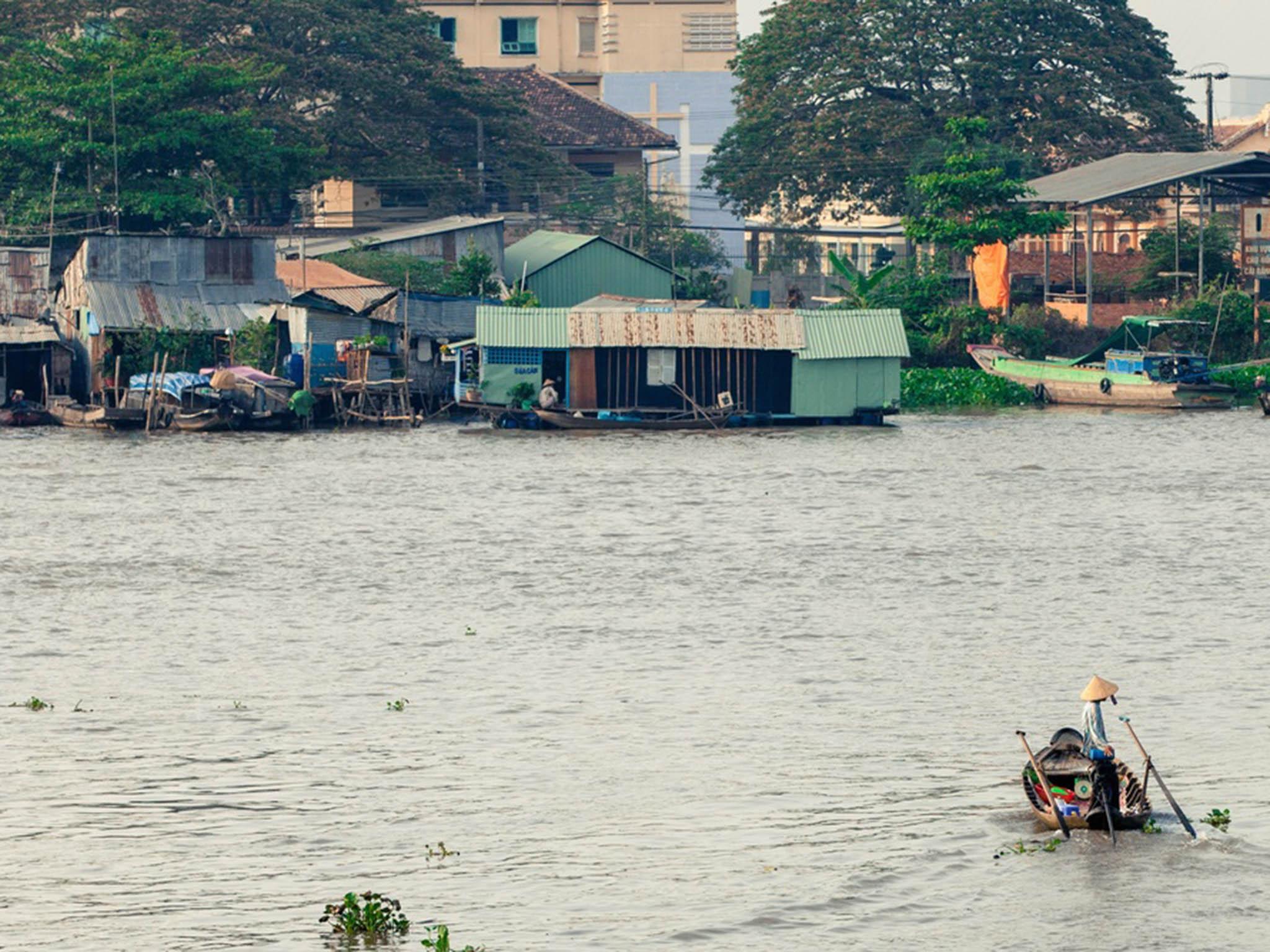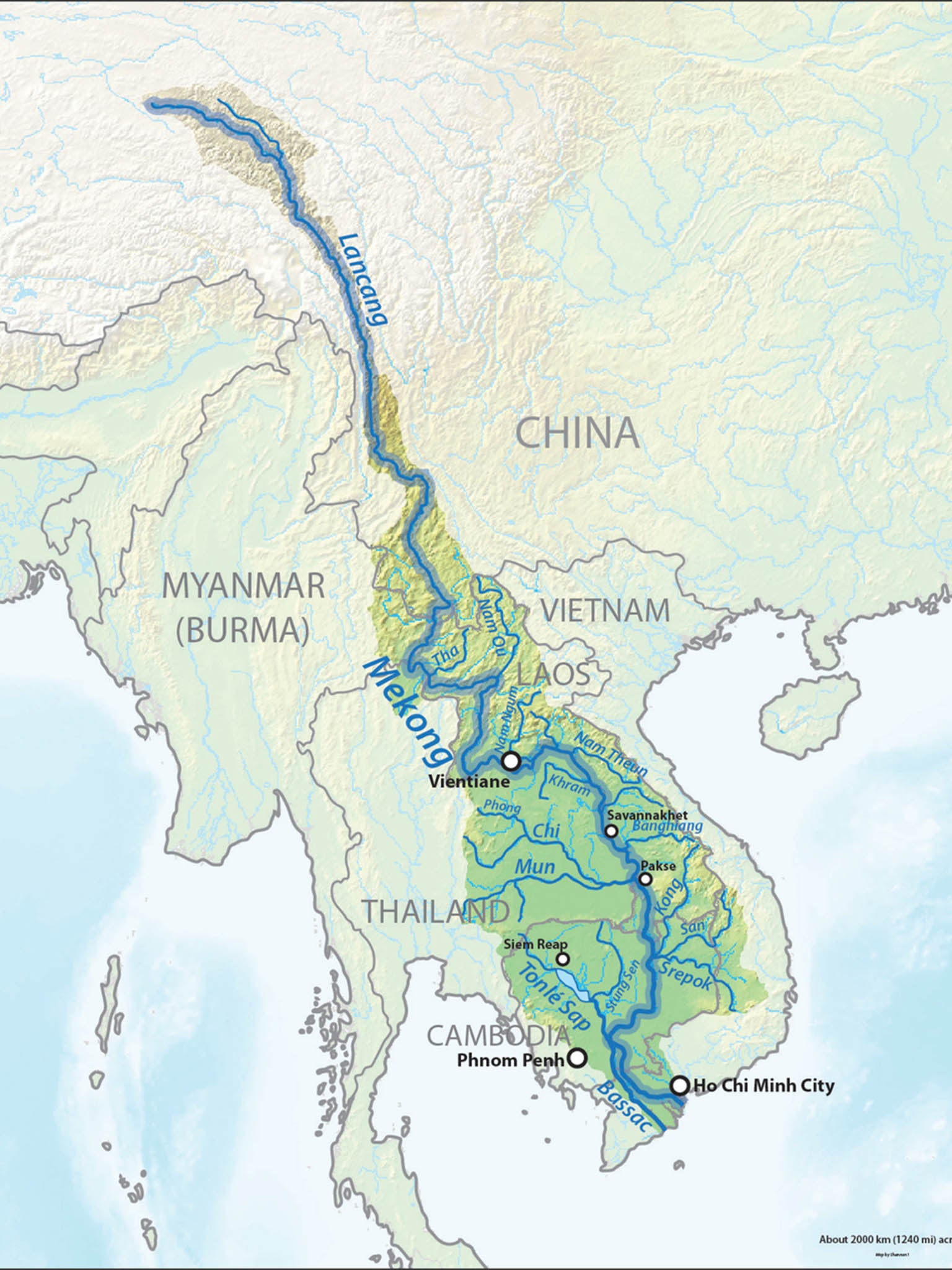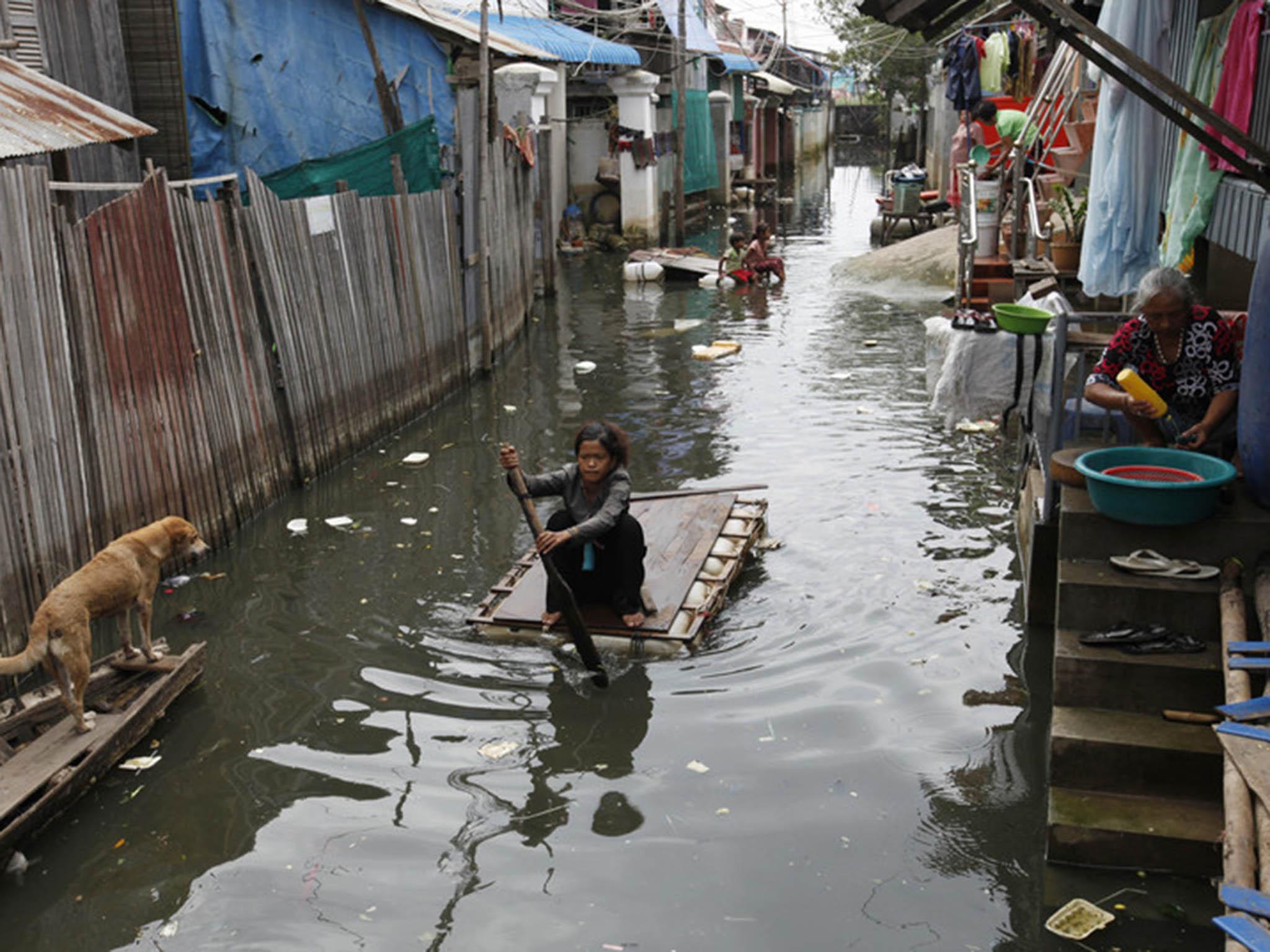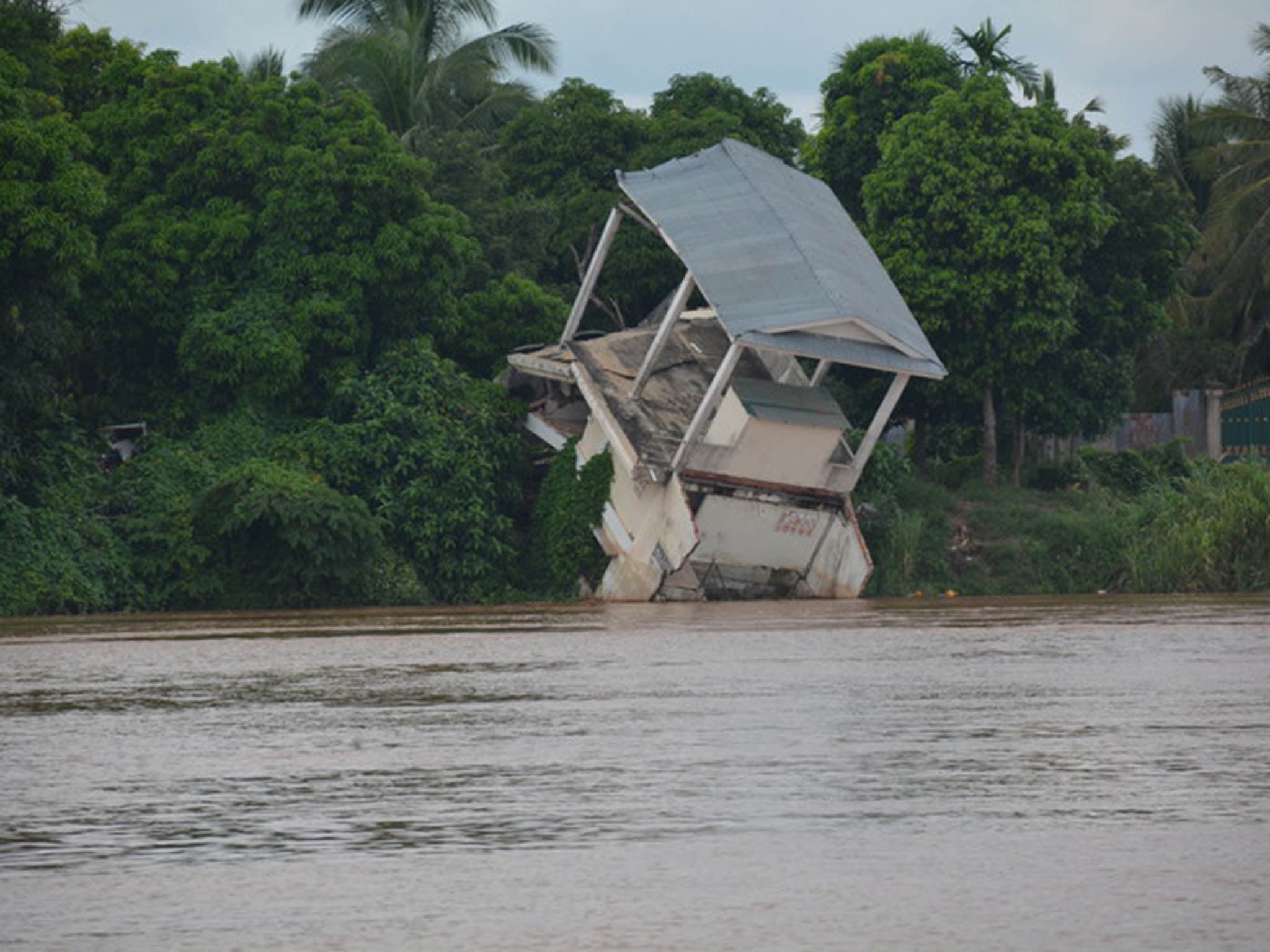Vanishing Mekong? Shifting tropical storms threaten a great river delta

Your support helps us to tell the story
From reproductive rights to climate change to Big Tech, The Independent is on the ground when the story is developing. Whether it's investigating the financials of Elon Musk's pro-Trump PAC or producing our latest documentary, 'The A Word', which shines a light on the American women fighting for reproductive rights, we know how important it is to parse out the facts from the messaging.
At such a critical moment in US history, we need reporters on the ground. Your donation allows us to keep sending journalists to speak to both sides of the story.
The Independent is trusted by Americans across the entire political spectrum. And unlike many other quality news outlets, we choose not to lock Americans out of our reporting and analysis with paywalls. We believe quality journalism should be available to everyone, paid for by those who can afford it.
Your support makes all the difference.Recent changes in the patterns of tropical storms are threatening the future of the Mekong River delta in Vietnam. This is one of the world’s great deltas. It is home to more than 20 million people and the rice that is grown on its fertile land underpins food security across South-East Asia.
Working with colleagues from the UK, US and Finland, we’ve just published a paper in Nature, which shows that fewer tropical storms have been hitting the Mekong catchment in recent years. This in turn results in much less mud and sand reaching the delta. We’re worried that this could have dramatic effects on the delta’s sustainability in the medium and longer term due to the adverse impacts on flooding and reduced agricultural productivity.
The world’s deltas are facing a sustainability crisis: 28 of the 33 largest are at risk of “drowning” as a result of rising relative sea-levels. Deltas naturally sink slowly under their own weight, but under normal conditions the sediments supplied from the rivers that feed them are deposited, maintaining the delta surface above sea-level.

However, the rate of sea-level rise is accelerating as a consequence of climate change warming the oceans, and drilling for oil and gas or the “mining” of groundwater is causing rapid subsidence. Meanwhile, the sediment loads in many rivers are declining as a result of human activities upstream – the large-scale development of dams being a particular issue in many river systems.
The Mekong faces many of these challenges – and the IPCC has recognised it (along with the Ganges-Brahmaputra and Nile deltas) as one of the three most vulnerable to climate change. The sustainability of the delta is critical to the lives and livelihoods of local residents, many of whom are poor. River sediment represents a critical resource for building delta lands, reducing flooding and maintaining fertile soils.
Our work had two main components. First we carried out an extensive programme of fieldwork to quantify the Mekong’s sediment load under varying conditions (including, in September 2013, during one of the largest floods on record, which itself was generated by a typhoon), so that we could link water and sediment flows.

The second aspect of our work traced the frequency and location of tropical storms that have tracked over the Mekong basin in the past 30 years or so. Working with our colleagues in Finland we used this information to run a computer model of the flows of water through the whole Mekong catchment, taking into account scenarios “with” and “without” tropical storms.
Our results showed just how crucial tropical storms are in maintaining the Mekong delta. Only around 5 per cent of the catchment area’s total annual rainfall is sourced from storms, but because this heavy and sudden rainfall is so effective at washing mud and sand into the river, the storms are responsible for more than 30% of the sediment that reaches the delta.
Future climate models predict that tropical storms, such as the so-called “Super Typhoon” Haima, which struck the Philippines last week, are going to get stronger and more frequent as oceans warm up. However, these models also project that their typical track locations will shift north and eastwards towards China, so that in the future it is likely that fewer storms will cross the Mekong’s catchment.
Sand mining is already reducing the sediment being delivered to the Mekong delta and further reductions are anticipated as a result of future damming upstream. Therefore, if the storm projections are correct and even less sediment is washed downstream, the delta’s prospects look bleak.

Our study is the first to show the significant role tropical storms can have in the delivery of sediment to large river deltas. This has implications for a range of other major rivers, such as the Ganges in Bangladesh, the Yangtze in China, and the Mississippi in the US. All of these have catchments that are regularly struck by tropical storms. Some 500 million people live and work in the world’s major river deltas – and our work shows we can’t evaluate their future vulnerability to sea-level rise without also considering changes in the storms that feed the deltas.
This article first appeared on The Conversation (theconversation.com). Stephen Darby is a professor of physical geography at the University of Southampton, Daniel Parsons is a professor of process sedimentology at the University of Hull and Julian Leyland is a lecturer in physical geography at the University of Southampton. Chris Hackney, Andrew Nicholas, Rolf Aalto, Matti Kummu and Jim Best also contributed to this research
Join our commenting forum
Join thought-provoking conversations, follow other Independent readers and see their replies
Comments